EFFLUARAGE MASSAGE THERAPY: HAND ON TECHNIQUE
Table of Contents
What is Effleurage Massage?
- Effleurage is a light massage technique performed in such way that it does not attempt to move the muscles beneath. It is also called gliding.
INTRODUCTION
- Effleurage, a French word meaning “to skim” or “to touch lightly on”, is a series of massage strokes used in Swedish massage to warm up the muscle before deep tissue work using petrissage.
- This is a soothing, stroking movement used at the beginning and the end of the facial and/or body massage. It is also used as a linking move between the different strokes and movements. Effleurage is basically a form of massage involving a circular stroking movement made with the palm of the hand.
- Effleurage can be firm or light without dragging the skin and is performed using either the padded parts of the finger tips or the palmar surface of the hands, and works as a mechanical pump on the body to encourage venous and lymphatic return by starting at the bottom of the limb and pushing back towards the heart. This will have more success with this once all the muscles in the area are warmed up and loose. It consists of four sub-categories:
> Ethereal or aura strokes
> Feathering, or nerve-stroking
> Superficial effleurage
> Deeper effleurage
Basics of Effleurage Massage:
- Effleurage is the most basic massage movement and is often used as a linking movement by which the therapist maintains contact with the client while smoothly transferring from one movement or area of the body to the next. Effleurage is suitable for use on any area of the body that would normally be massaged (obviously while avoiding any areas in which massage is contra-indicated).
- The word “effleurage” is derived from the french verb “effleurer” which means “to stroke”, or “to skim over”. These translations are basically correct, but are incomplete, descriptions of the effleurage technique used in massage.
- An effleurage movement is a relatively slow and smoothly continuous stroke using the flat of the hand. The fingers are generally held together and moulded to the contour of the client’s body in a relaxed way. Although the fingers preceed the palm of the hand as it is moved along the body, and they do apply some pressure, most of the pressure during this movement is applied by the palm of the hand.
- Even pressure is applied during effleurage. The amount of pressure may differ between the outward and return strokes – generally with more pressure applied in the direction towards the heart, then slightly less in the return movement back to repeat the sequence. The speed of the motion should remain steady throughout the whole sequence.
- An effleurage movement is usually repeated several times over the same area on the body. This is to induce relaxation, and for the other physical benefits of effleurage, which can include:
> stimulating the nerves in the tissues worked
> stimulating blood supply to the tissues worked
> facilitating cleansing of the skin
> relaxing muscle fibres
> reducing muscle tension
More Technical Effects of Effleurage Massage:
- Effleurage consists of superficial glides over the skin without attempting to move the muscle beneath. The pressure applied has to be even. The effleurage is used more than any other technique and it begins and ends each session.
> It can be performed on any part of the body.
> It can be used as a bridge between different other moves and it accustoms the patient to the touch of the therapist.
> Allows the practitioner to familiarize with the condition of the patient’s muscles
> Increases circulation to the skin and superficial muscles and relaxes the patient.
> Effleurage is an easy to learn technique and it comes almost natural to most of us.
> Also called gliding, is employed in almost all of the massage modalities because of its great relaxation potential and its versatility.
Effects of Effleurage Massage
- Accelerates the blood and lymph circulation in the massaged areas.
- Prevents stasis, reduces inflammatory symptoms, (heat, swelling, redness, and pain)
- Improves the secretory activity of the skin.
- Raises the awareness of the subject, and heightens sensory perception.
- Improves the nutrition of the tissues by supplying more blood and improves oxygen supply in tissues.
- Speeds up healing in injured tissues by supplying more blood, nutrients and oxygen.
Contraindication of Effleurage Massage:
| Absoulte | Relative |
| Malignancy | Scar Tissue that not fully Healed |
| Thrombus | Receiving Anticoagulant |
| Atherosclerotic Plaques | Calcified soft tissue |
| Infected Tissue | Skin Grafts |
| Area of Trauma/recent Bleeding | Atrophic Skin |
| Open wound | Acute inflammatory Skin |
| Severe Varicose veins | |
| Acute Phlebitis | |
| Cellulitis |
Common Body Parts Treated with Effleurage:
- There are many common body parts that can be treated with effleurage. Common body parts treated by effleurage are:
> Arm
> Upper back
> Lower back
> Thigh
> Calf - Effleurage can also be performed on other areas of the body and be effective to decrease stress and increase healing.
Effleurage Techniques:
1. Straight Effleurage
> Glide your hands over your patient’s skin starting from lumbar area up to the neck. Fingers point forward towards the patient’s neck and head. We are pushing the blood towards the hearth.
2. Bilateral Effleurage
> Position one hand on each side of the spine and start on the lower back. Go towards the upper back, to the shoulders. While returning to the lower back go along the sides of the back. Remember, this is a light pressure movement.
3. Alternating Hand (Shingles)
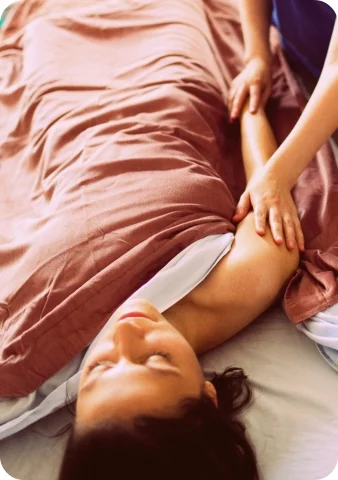
> Start with one of your hands to the side of the spine at the lower back. Move one hand forward 6 inches and then follow it with the other hand and then with the other one until you reach the shoulders. Do this several times and make sure you cover the whole surface of the back or limb. While the pressure is light the speed of the movement is rather fast compared to the bilateral effleurage.
4. Backward Alternating Gliding – (Shingles)
> It is similar to shingles effleurage but performed backwards, with fingers pointed towards the lumbar area. Note that the movement is performed with a light pressure so it would maximize the relaxation effect. The backward shingles can be classified as a “nerve stroke” as well because of the very light pressure. It is a deeply relaxing stroke.
The following video shows how to perform a backward alternating hand massage effleurage.
5. Superficial and Deep Effleurage
> We can also classify the gliding, by the amount of pressure employed on the skin. Based on this we can have”Superficial effleurage” and “Deep effleurage”.
Uses of Effleurage Massage as a Physiotherapy Treatment:
- Effleurage helps on many circumstances. These circumstances include:
> Relaxation
> Stress
> Post injury
> Post-surgery
- Effleurage massage technique to warm up tissue and disperse swellingAbove: Effleurage massage technique to warm up tissue and disperse swelling
- Effleurage performed slowly can stimulate relaxation. Effleurage stimulates the parasympathetic nervous system that releases positive hormones and increases temperature. The parasympathetic system is responsible for promoting relaxation and calmness after emotions such as stress. Effleurage relaxes the body and lowers the heart rate.
- Effleurage helps reduce stress. Stress can be related to emotional or physical events in life such as work life, health or sporting performances. Massage can treat all types of stress. Effleurage promotes the body to relax so that stress is alleviated. Effleurage can increase mood by stimulating positive hormones and the parasympathetic nervous system.
- Effleurage is used as a massage technique post injury. Effleurage is performed in an upwards direction to encourage the lymphatic flow. Stimulating the lymphatic flow helps with the immune system and the drainage of waste products. Lymphatic drainage is used after an injury has occurred to drain away any swelling and assist the immune system to fight against any infections.
- Effleurage can also be used post-surgery to help maintain the function of the lymphatic system. During surgery lymph nodes can be damaged or removed. Damaged or removed nodes can affect the function of the lymphatic system. If the lymphatic system does not function then excess fluid can build up causing lymphedema. Increased lymphedema can cause health problems. It is important to maintain the flow of lymph throughout the body so that fluid can be drained. When nodes are affected the body will rely on effleurage massage treatments to keep the lymph fluid moving.

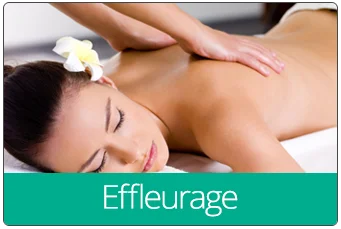
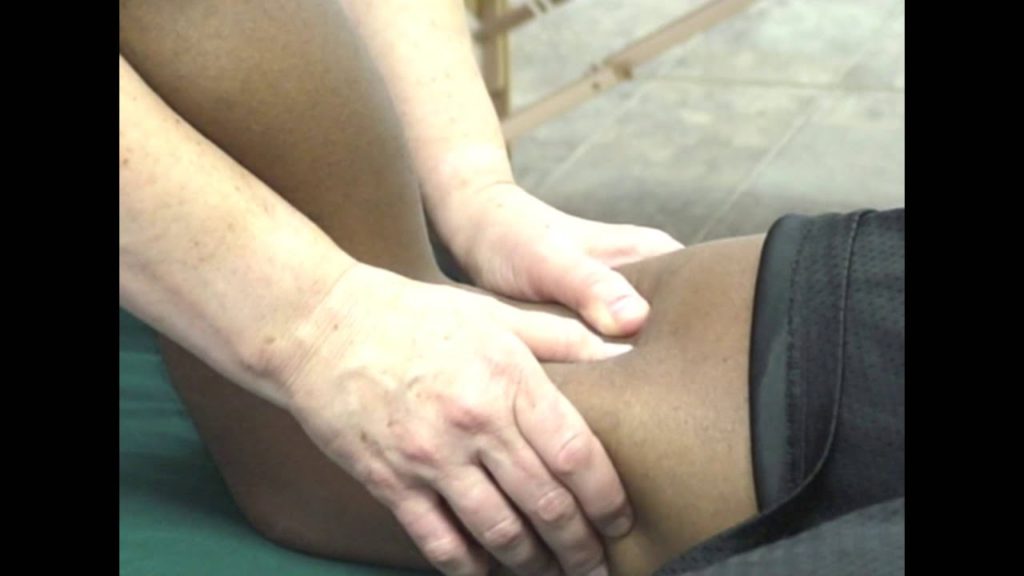
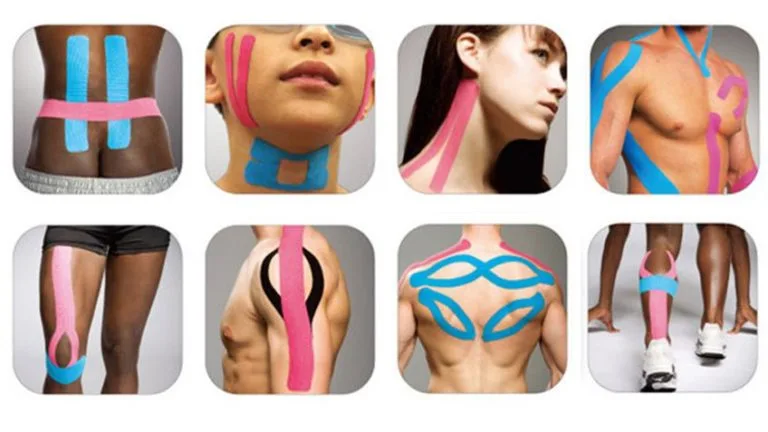
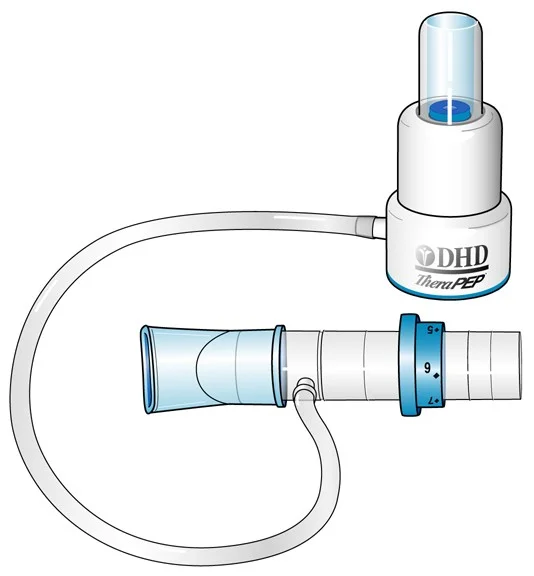
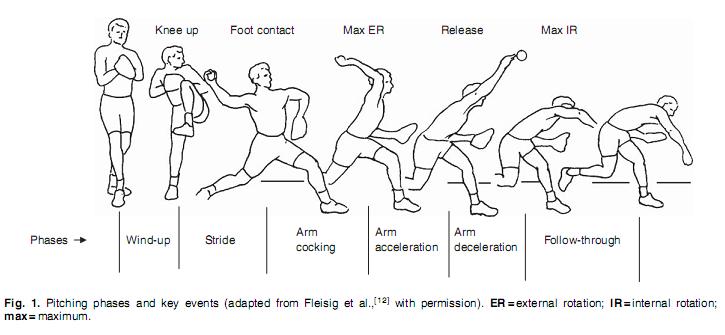
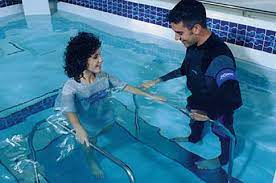
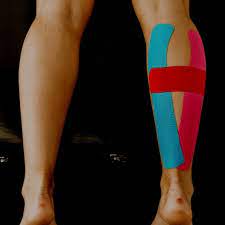
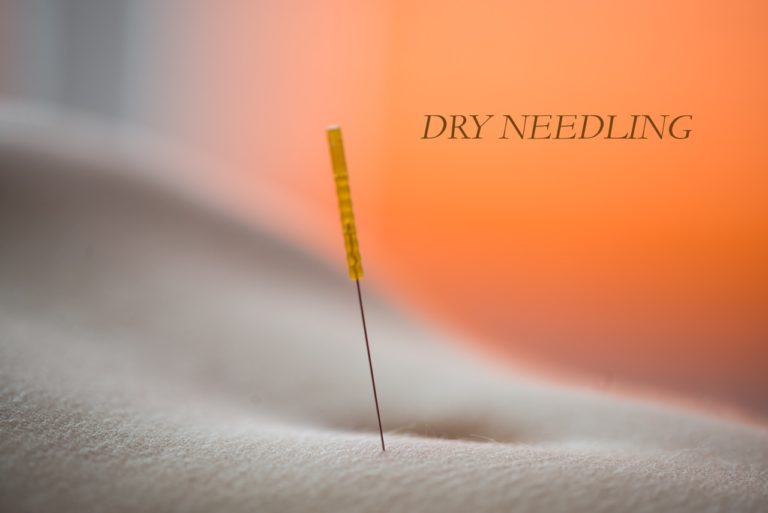
3 Comments